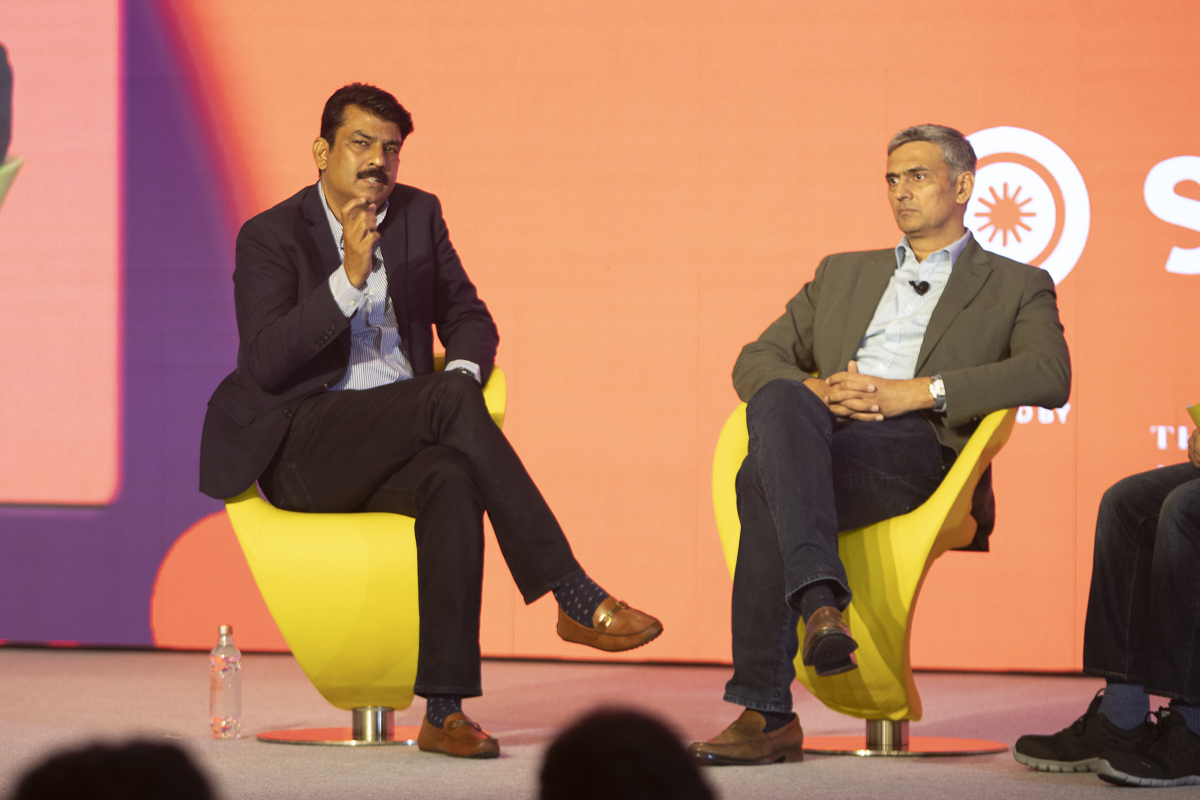'Multiple Indias': Yatra and MakeMyTrip CEOs Push Travel Industry To Embrace India's Diversity

Skift Take
CEOs at MakeMyTrip and Yatra Online agree: India holds more than just a country.
“There are multiple different Indias. There isn't any one India,” said Dhruv Shringi, CEO and co-founder of Yatra Online. “So you have to figure out which India you're addressing.”
At the Skift India Summit 2024, Shringi and Rajesh Magow, group CEO and co-founder of MakeMyTrip, emphasized how travel businesses should account for India's diversity of travelers and destinations. The pair dove into the importance of millennials, online penetration, sustainable business strategies, and tailored market approaches — all while considering the country's growing middle class.
Here are some highlights from their conversation with Skift Founding/Executive Editor Dennis Schaal, shortened for clarity.
https://youtu.be/obpEFsIM8J8 While there is plenty of potential in the domestic market, outbound travel opportunities are becoming boundless for Indian travelers, too.Shringi: I think there is a huge market out here on the domestic front. The number of experiences which can be curated in the domestic market are also immense. The customer finds it inherently comfortable traveling domestically, also. Having said that, I think there is still a large part of aspirational India which views international travel as a really big thing.
Magow: (For) all sorts of demographic cohorts, if you see, the income is rising across the board, whether it is less than $5,000 income, which is going to drive the, let's say, ground transport traffic, or it is more than $10,000 income, growing from, say, about 50 million households to about 10
